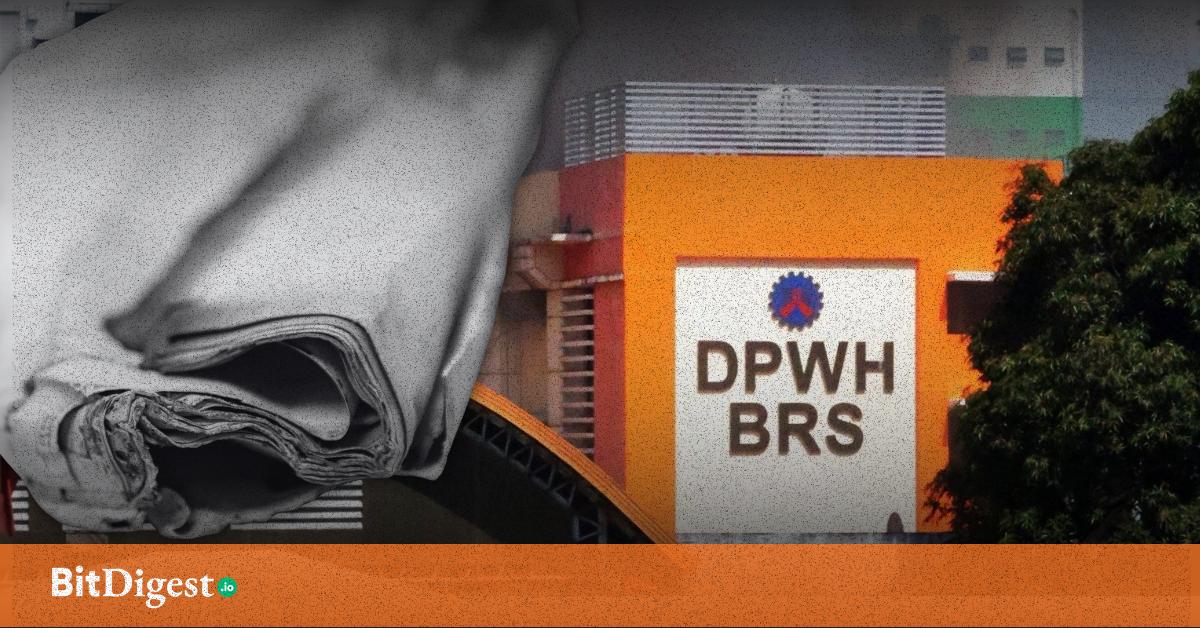How Stablecoins Could Reshape Philippine Remittances—If the Infrastructure Gets It Right
Stablecoins are emerging as a compelling tool for cross-border payments, offering speed and cost efficiencies that could be especially beneficial for the Philippines, one of the world’s largest remittance-receiving countries. But how close are we to that reality? And what are the guardrails necessary to ensure it benefits everyday Filipinos?
According to the Philippine Statistics Authority (PSA), approximately 1.96 million Filipinos worked overseas during the April–September 2022 reference period. Remittances from overseas Filipino workers (OFWs) remain a lifeline for many households, contributing over $36 billion in 2022 alone.
Traditional remittance channels, however, often involve multiple intermediaries, processing delays, and service fees, as noted in regional remittance market studies. This friction in the system is precisely what stablecoins—cryptocurrencies pegged to reserve assets—aim to resolve.
Many widely used stablecoins, such as USDC and USDT, are designed to maintain price stability and are backed by reserve assets, although reserve models and risk profiles vary depending on the issuer. Their programmable, blockchain-based nature also enables fast settlement, reduced overhead, and transparent tracking.
In a pilot announced in October 2025, Coins.ph and UK-based BCRemit reported that select transactions between the Philippines and the UK could be completed within minutes, showcasing one potential application of stablecoin remittances. Fees were also reported to be lower than conventional services, depending on the platform and method of conversion.
Cost reductions at scale could have meaningful financial benefits for households if adoption expands responsibly.
But It’s Not Plug-and-Play
Despite these promising results, much remains to be addressed before stablecoins can go mainstream for remittances in the Philippines.
Regulators are currently developing and aligning frameworks, including participation in global reporting standards under the OECD Crypto-Asset Reporting Framework (CARF) initiative. This also follows the Department of Finance’s stated intent to support international tax transparency for crypto-assets.
The Bangko Sentral ng Pilipinas (BSP), which has been active in fintech supervision through the VASP (Virtual Asset Service Provider) license framework, will play a key role in setting the rules for how stablecoins may be issued, redeemed, and used for remittance.
A Regional Movement
Other Southeast Asian markets, including Singapore and Malaysia, are also studying or piloting digital currency and stablecoin frameworks, reflecting broader regional experimentation with digital payments infrastructure. The Monetary Authority of Singapore (MAS) has launched a regulatory framework for stablecoins, while Bank Negara Malaysia continues its research into digital currencies.
With ASEAN economies becoming more integrated in trade, labor, and finance, cross-border payments are poised for transformation. In this context, stablecoins may serve not just individuals but also microbusinesses and gig workers who frequently engage in cross-border digital work.
What Needs to Happen Next
To unlock this potential, several challenges need resolution:
- Clear risk disclosures and redemption mechanisms for stablecoin users.
- Interoperability between licensed e-wallets and fiat ramps.
- Public education campaigns to help OFWs and their families navigate digital remittance tools.
Efforts like the proposed HB 4792 in Congress, which lays out regulatory sandboxes and consumer protection guidelines for digital assets, are steps toward formalizing these infrastructures.
Ultimately, stablecoins won’t replace traditional remittances overnight, but with proper safeguards and public awareness, they could complement the ecosystem in ways that reduce cost, improve transparency, and deliver faster value to families who need it most.
.svg)


.svg) SHARE TO FACEBOOK
SHARE TO FACEBOOK SHARE TO TWITTER/X
SHARE TO TWITTER/X SHARE TO LINKEDIN
SHARE TO LINKEDIN SEND TO MAIL
SEND TO MAIL





.svg)


.svg)